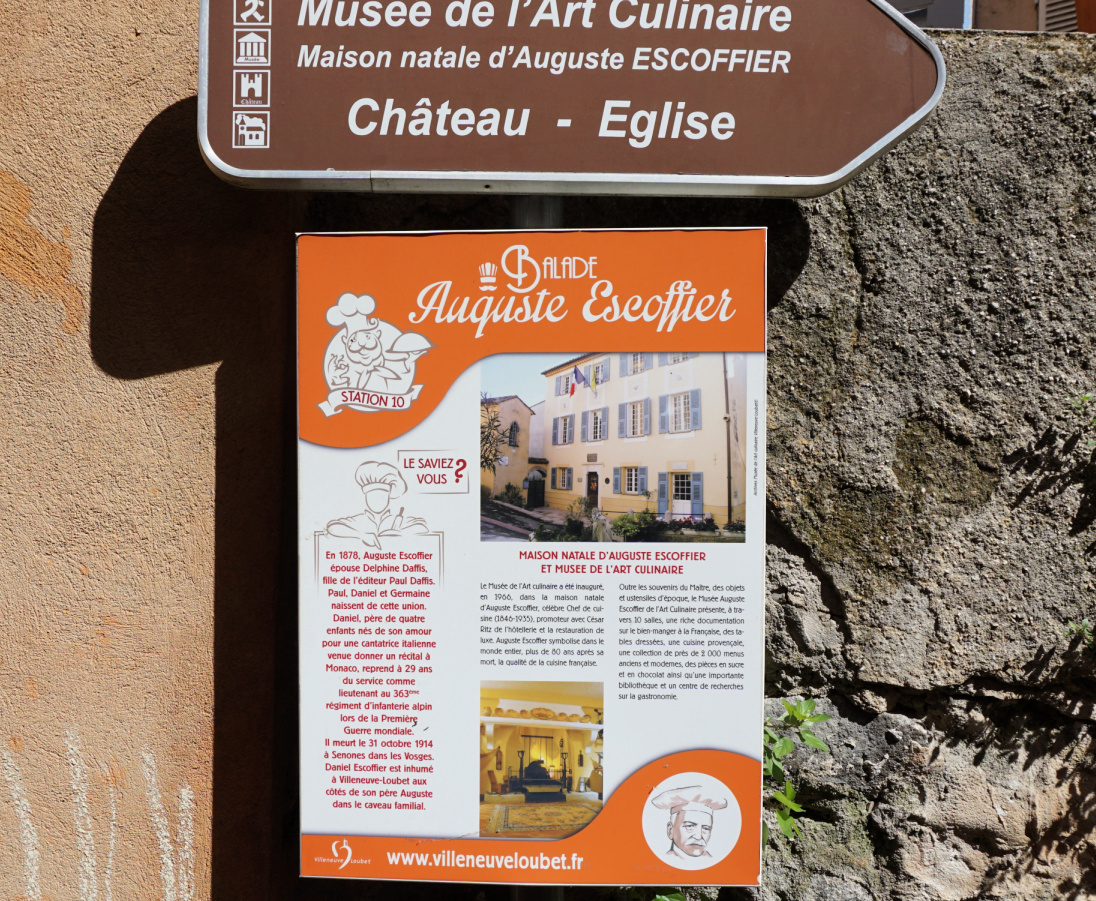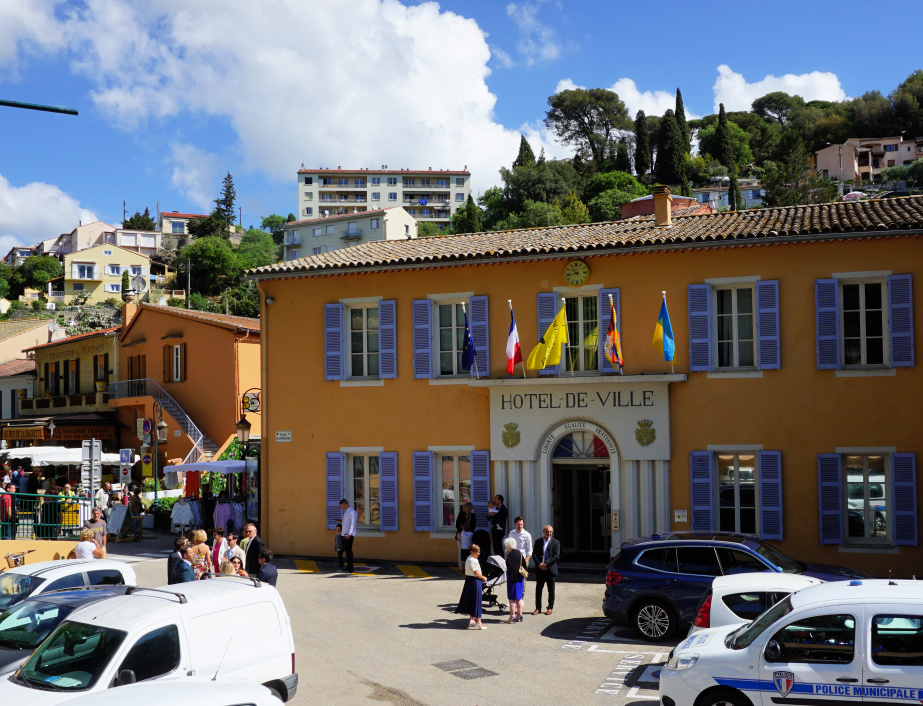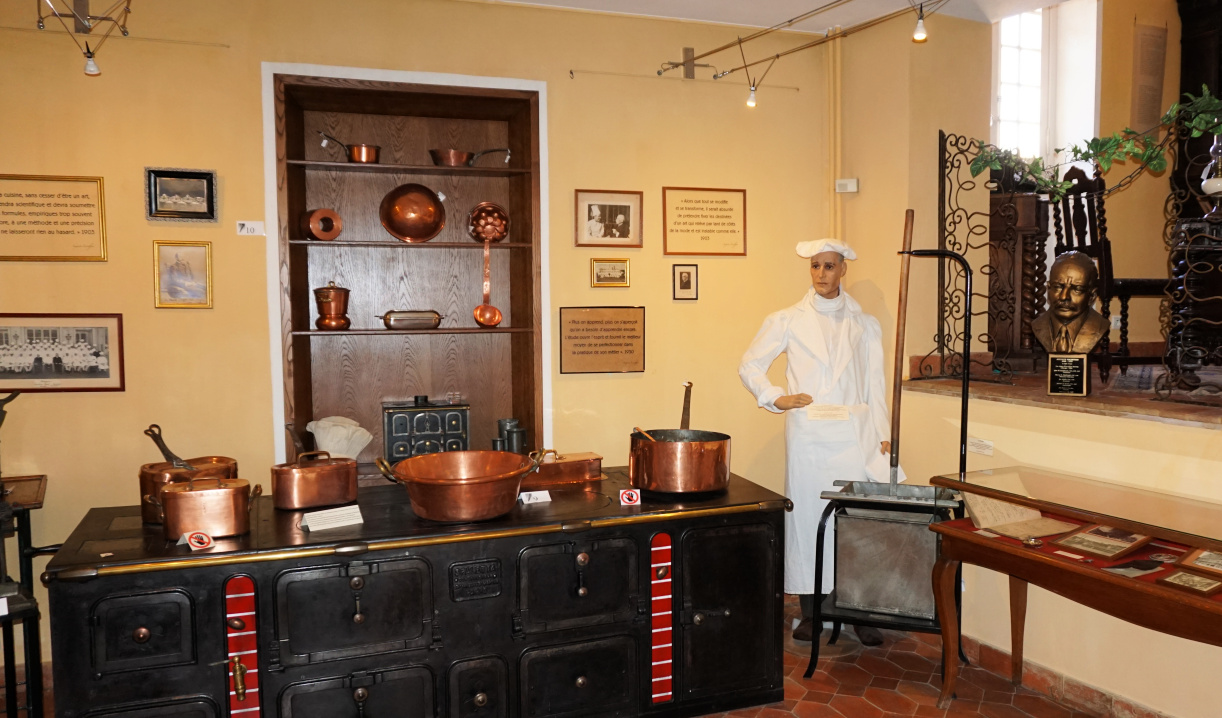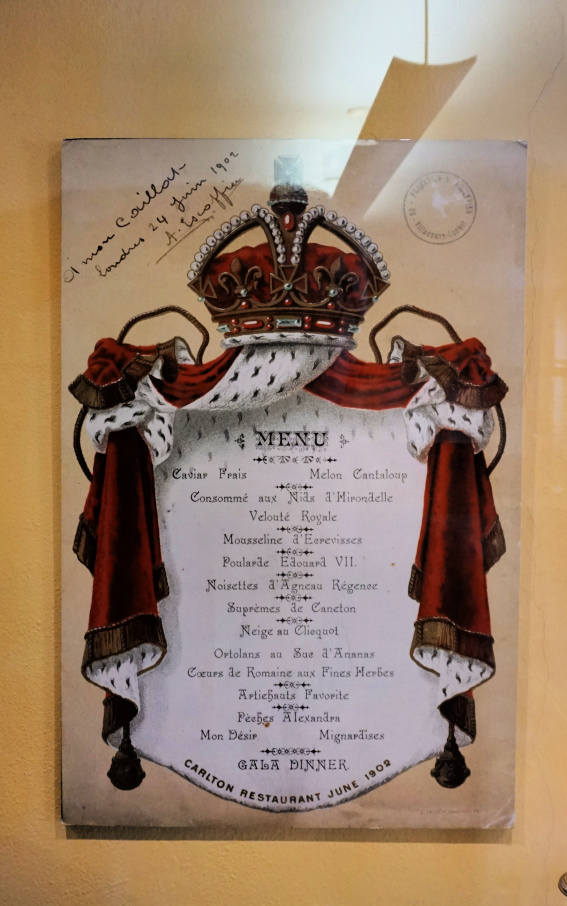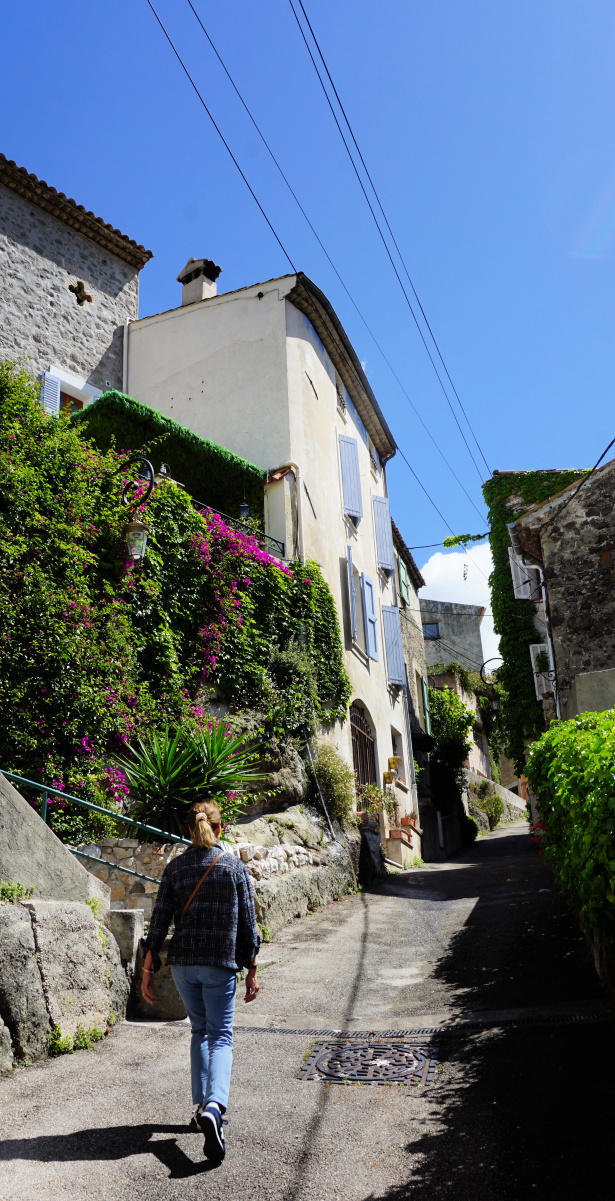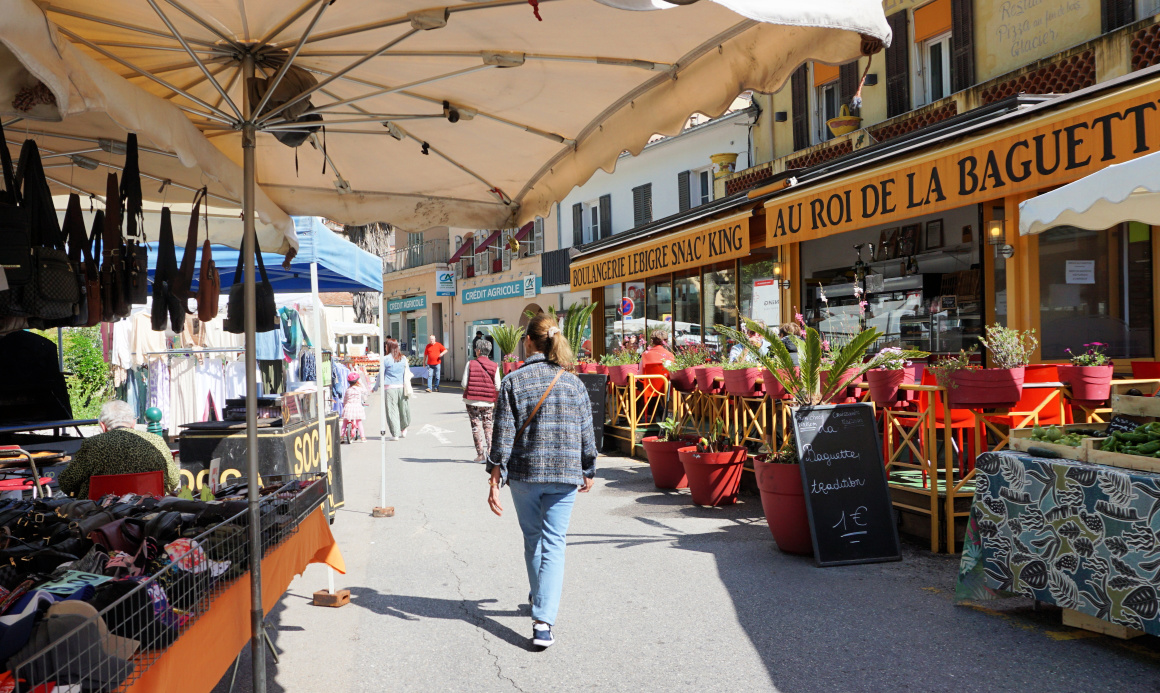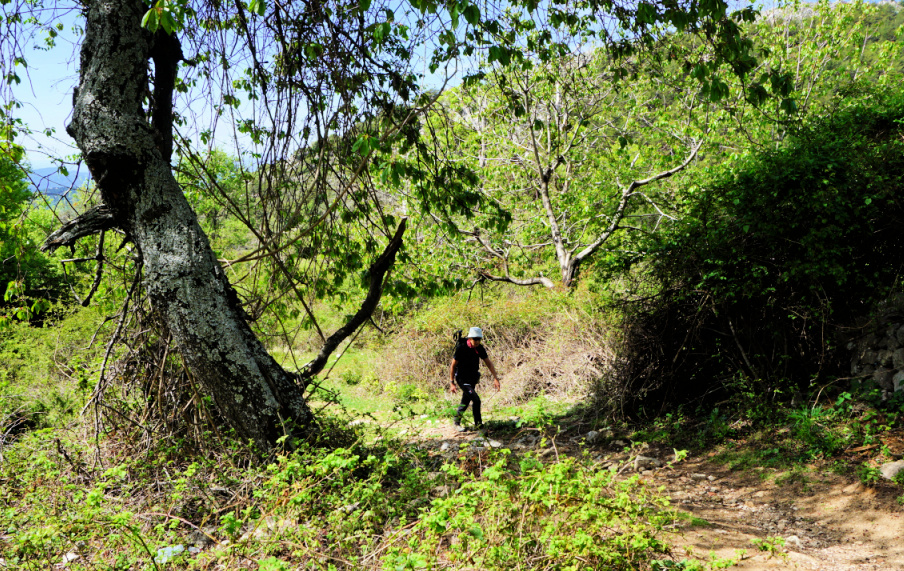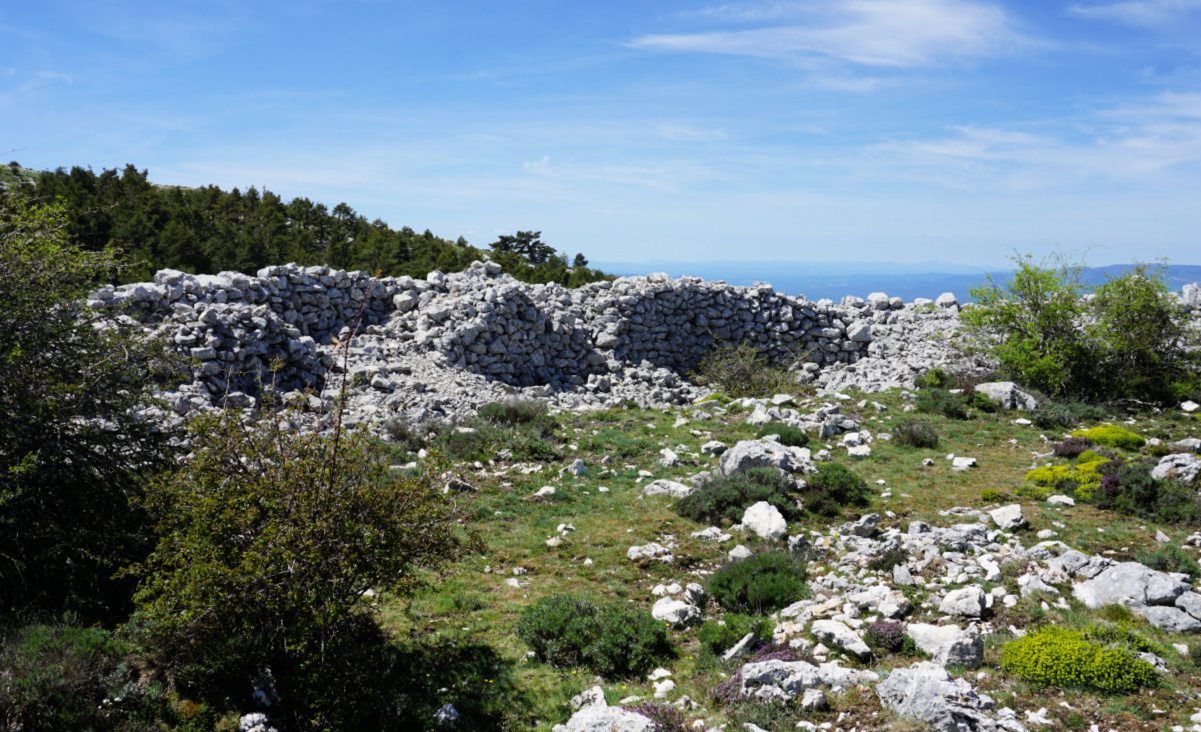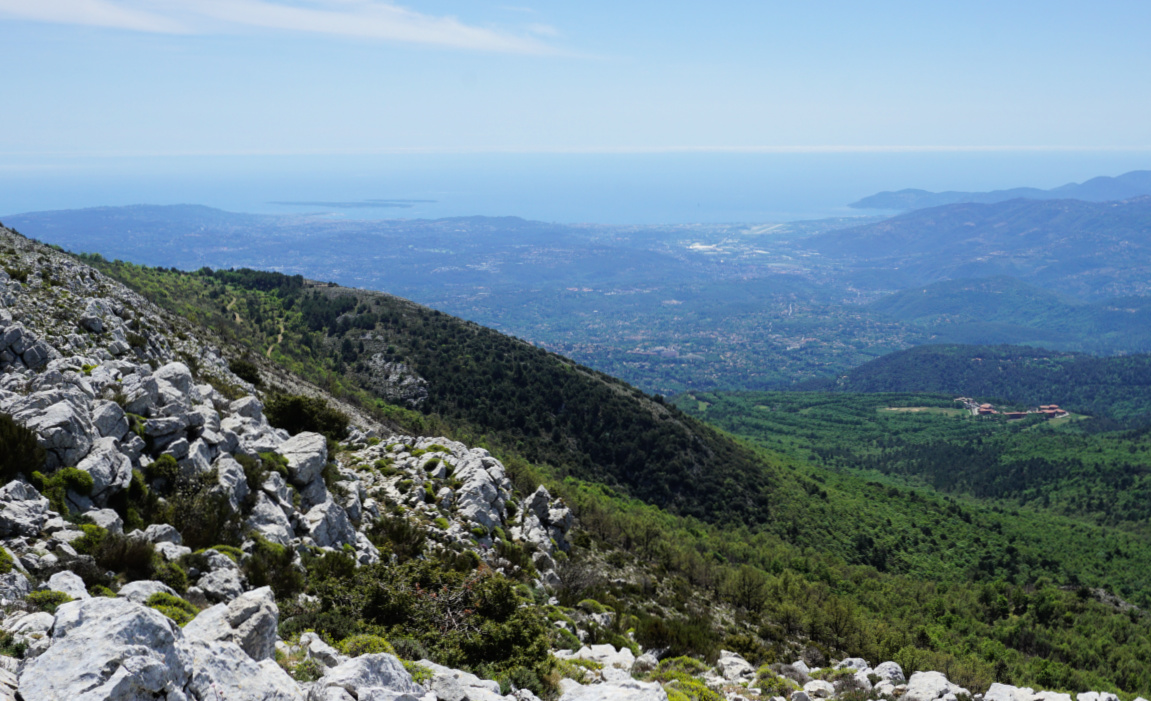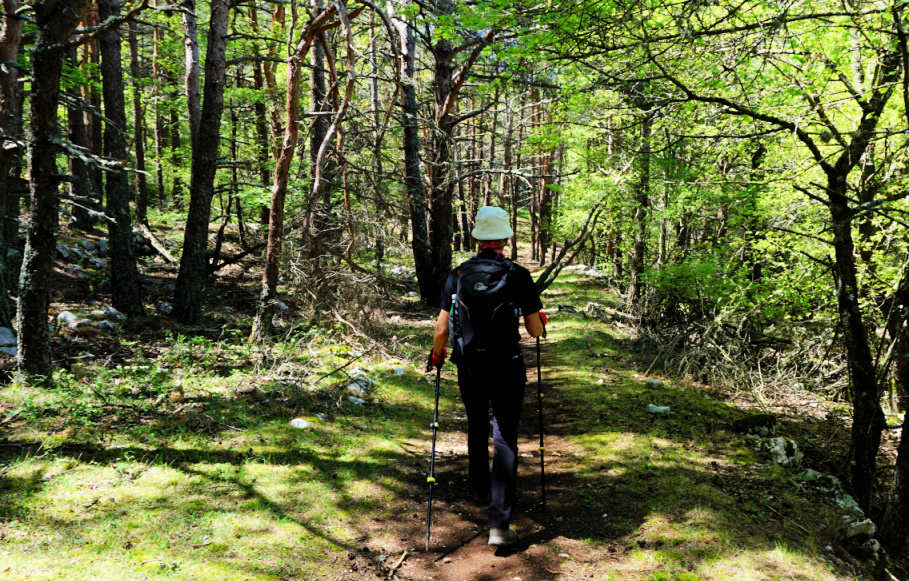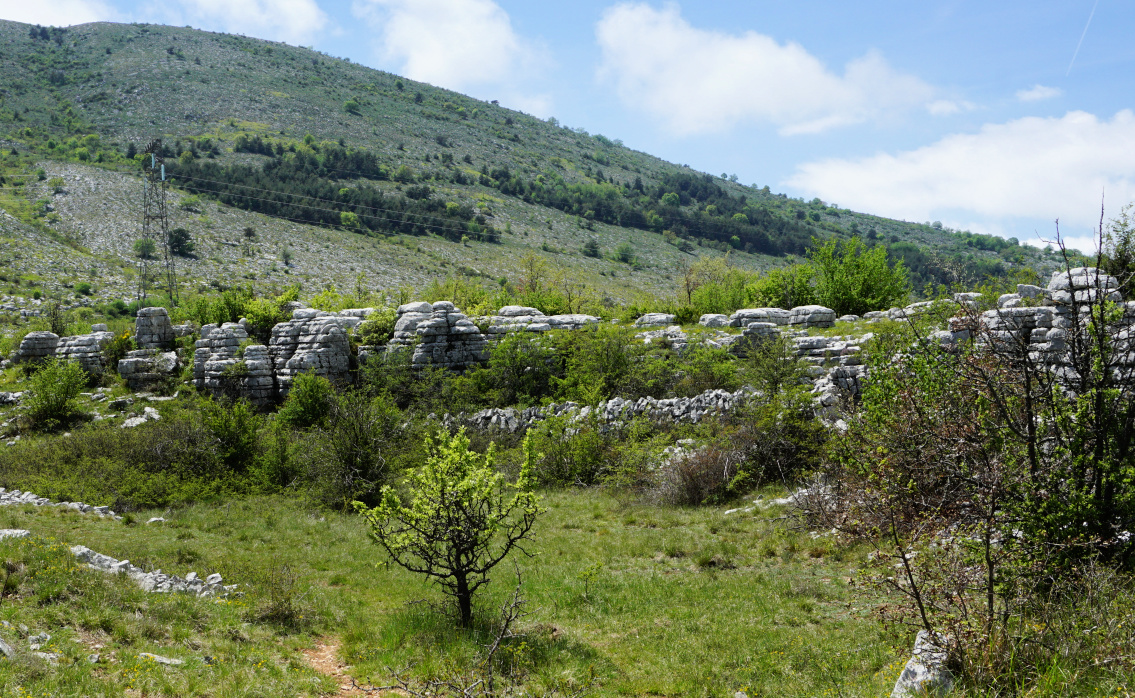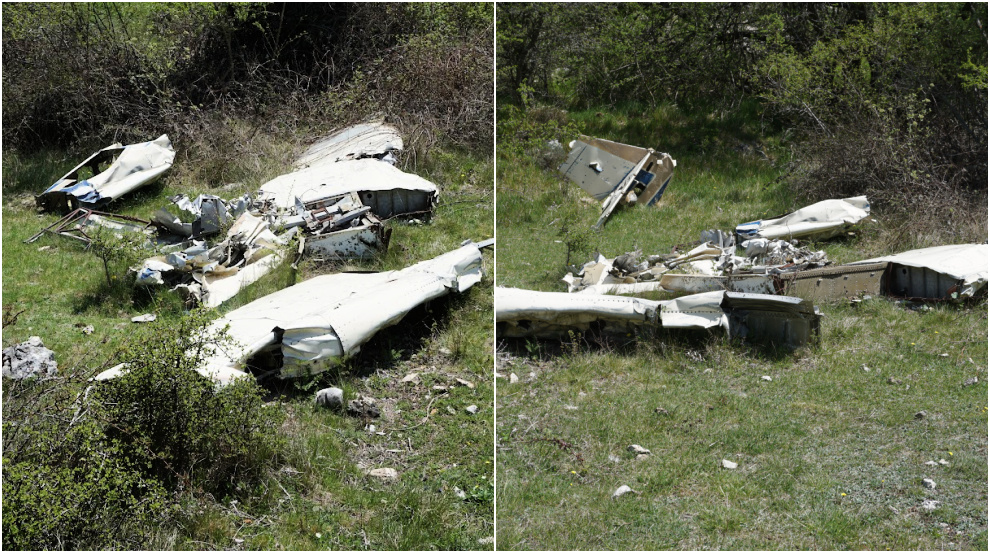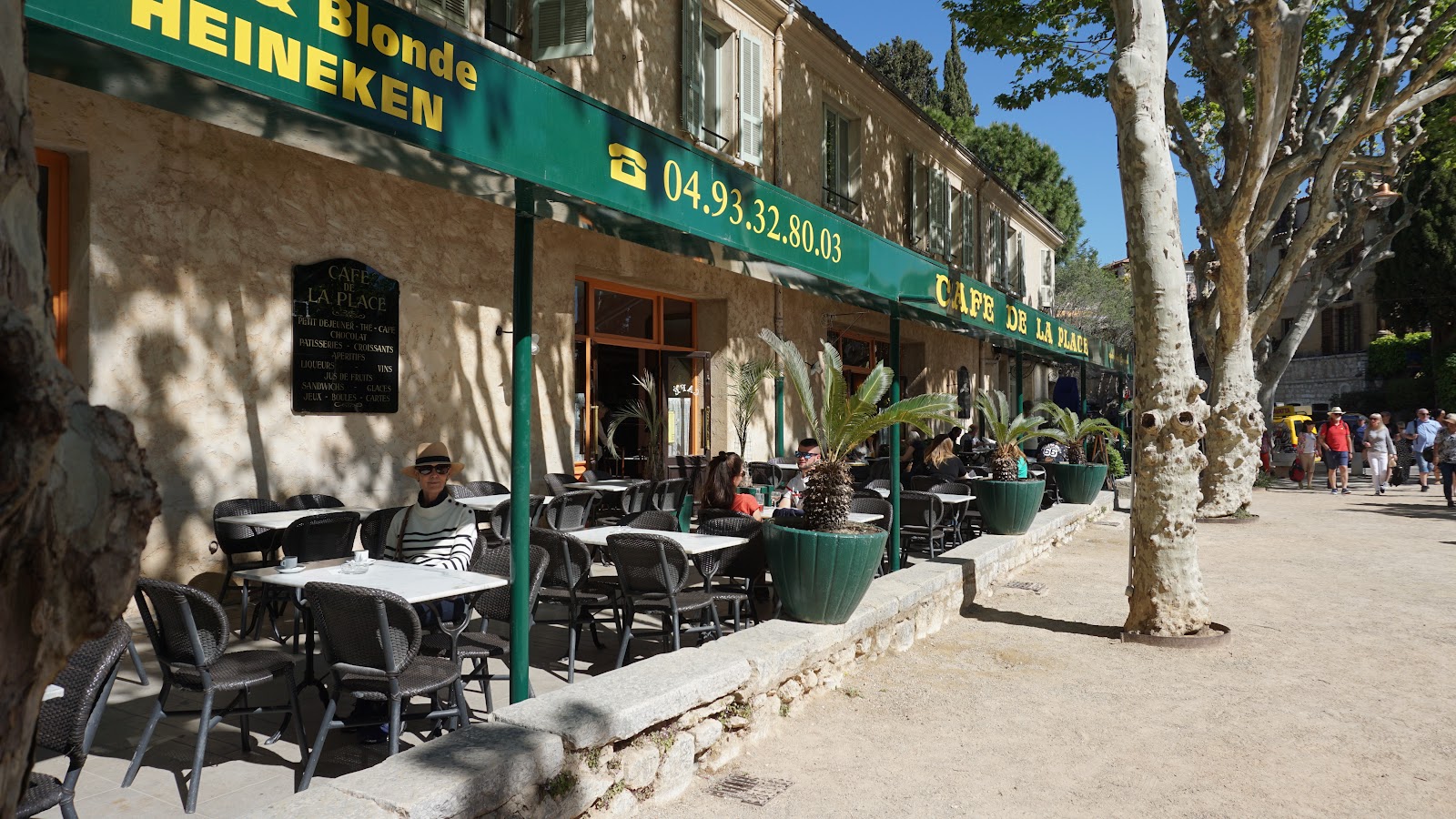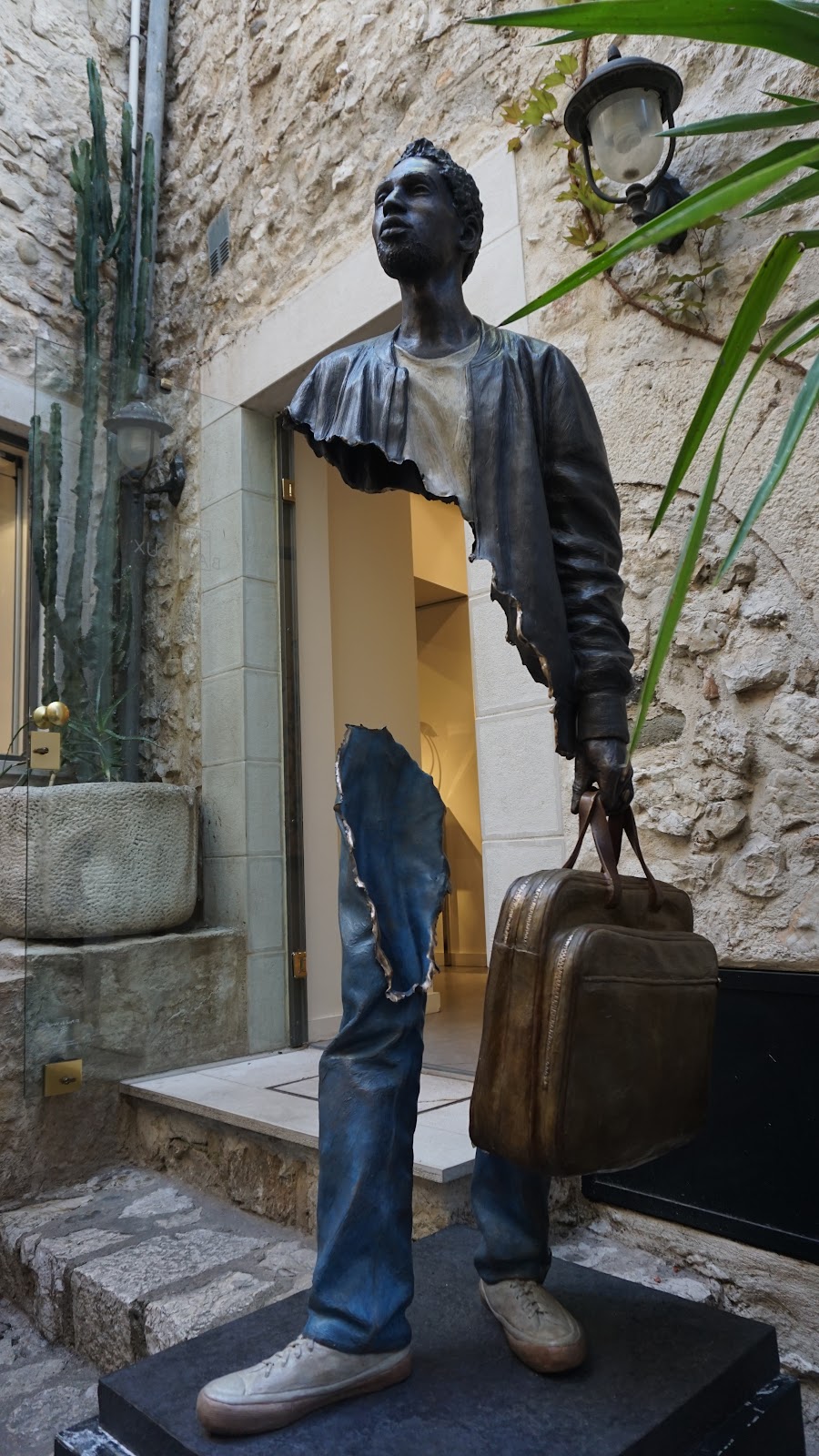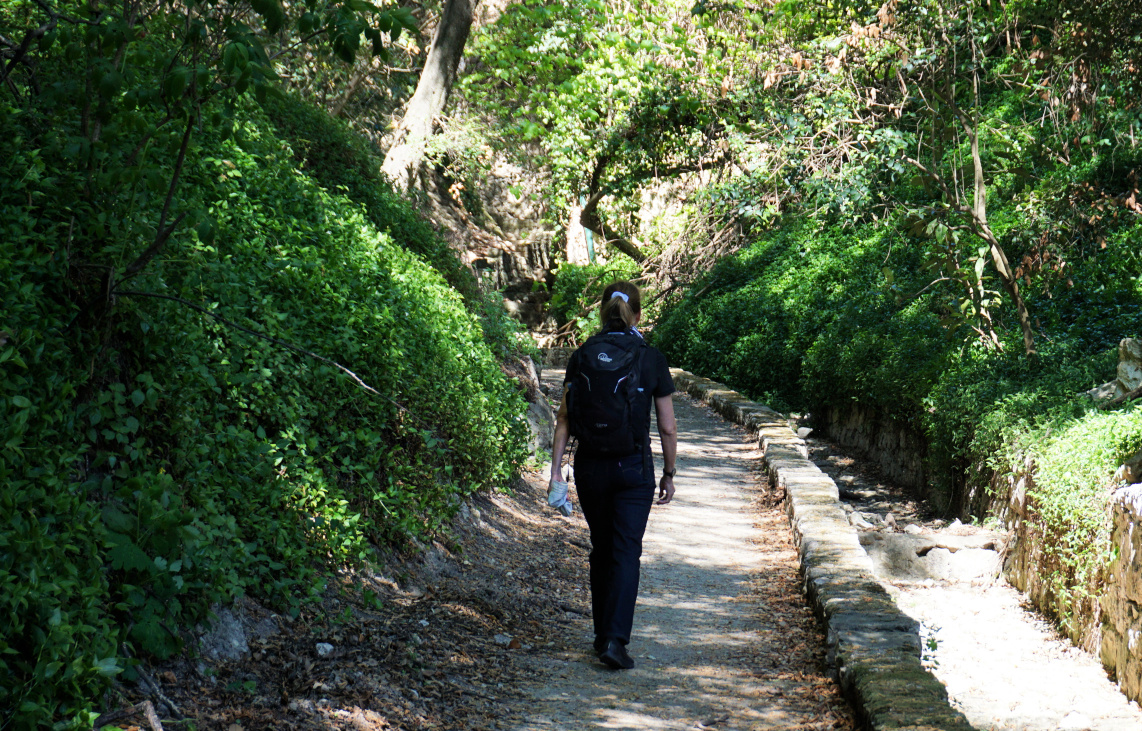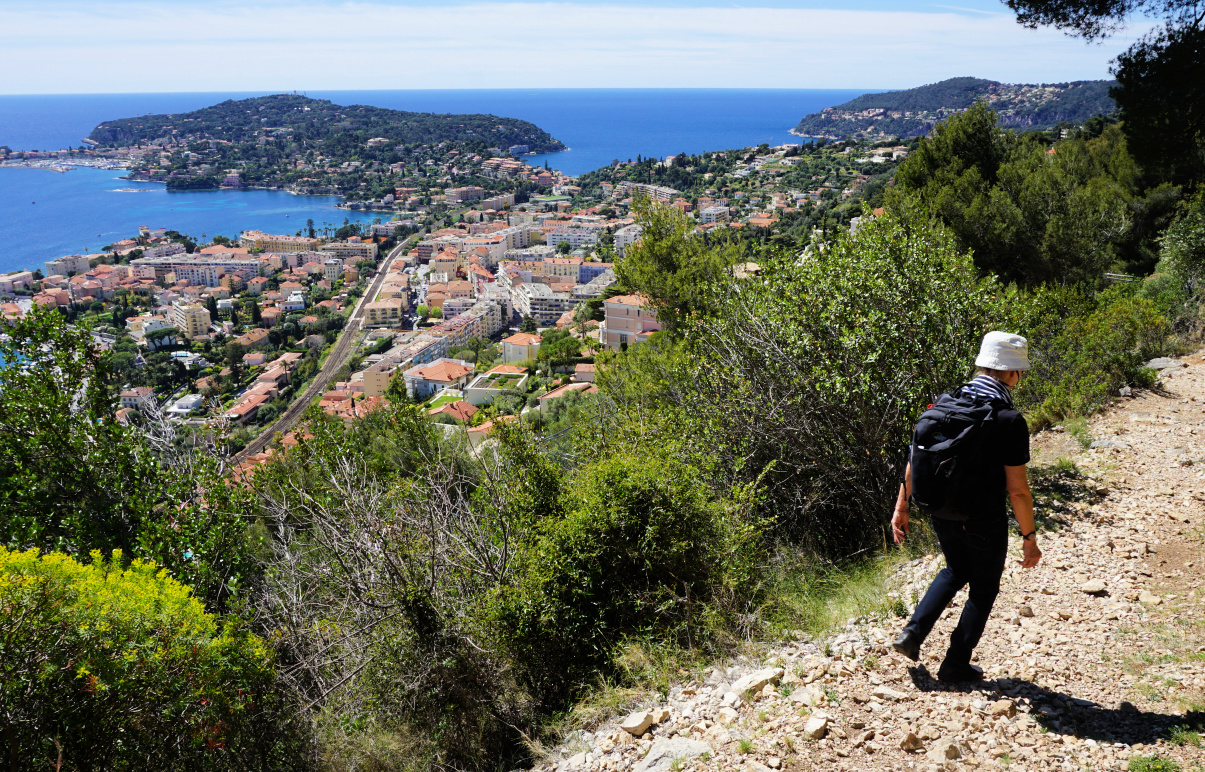Home-made pasta sauces made from scratch will always have more quality vegetables and antioxidants than a jar of ready-made pasta sauce. Of course, it is a question of time. Preparing this pasta sauce will take about 20 minutes, plus the time needed for shopping the vegetables. Opening a jar of ready-made pasta sauce and reheating it only takes a few minutes.
Recently, a Swiss preventive medicine clinic advised 30 different herbs, vegetables, and fruit a week to stay as young as possible for as long as possible. This pasta sauce helps towards that goal.
2 servings
Whole wheat tagliatelle or spaghetti for 2
1 small broccoli head, pref. organic
A handful of peeled and unsalted pistachios
1 clove garlic, minced
A handful of grated parmesan
Olive oil
Freshly ground black pepper
For the presentation:
4 tbsp. of ricotta
About 1/3 handful of pistachios, coarsely chopped
Fresh organic herbs
Olive oil
In a large saucepan, bring water to a boil. Cut the broccoli into florets and wash in a colander. Cook the broccoli in boiling water for 1- 2 minutes, drain and place back in the saucepan. Add the pistachios, minced garlic, and parmesan and mix into a paste with a hand-held mixer. Add black pepper and some olive oil and continue mixing into a nice creamy consistence. Set aside.
In a mortar with pestle, coarsely chop about 1/3 handful of pistachios. Set aside.
Wash some fresh organic herbs, dry and chop . Set aside.
Cook the tagliatelle al dente according to the advice on the package. Save a cup of cooking water. Drain the tagliatelle and place back in the casserole. Add the broccoli and pistachio pesto and stir until the pasta is nicely coated with the pesto. Add some pasta cooking water and warm the saucepan for 1- 2 minutes, stirring.
Divide the tagliatelle on the plates or in the bowls. Place the ricotta among the pasta and sprinkle over the pistachios and herbs. Pour over some olive oil and serve.

